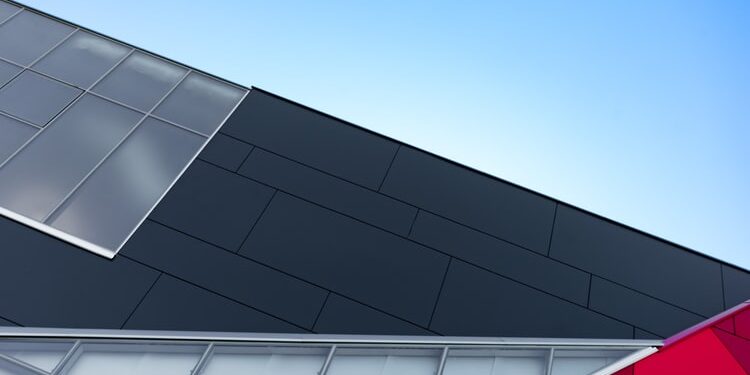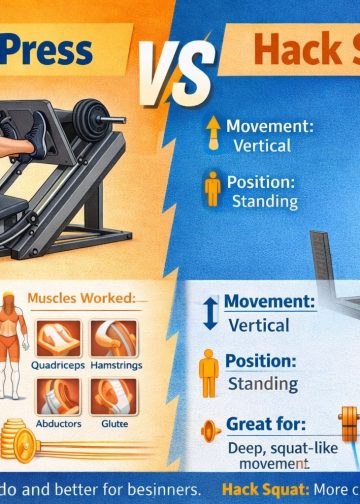When you are heading a construction project, it is very easy for your thoughts to be all over the place. And if that is the case, why not turn to precast concrete products to help cut through the confusion?
If you are not sure what precast is, or what to do next, don’t you worry, we have got you covered. I have rounded up four tips you need to follow, for choosing precast products.
Just stay with me till the end and I am sure you will leave with some valuable tips to implement on your next construction project.
So, let’s begin!
1. Conduct a concept design study
It goes without saying but precast products aren’t suitable for all construction management projects. Even if it is suitable for your project, you need to know what products are required.
If you are pondering upon it, conducting a concept design study will be really beneficial. You will get all the answers regarding the framing plan, structural details, and even the requirements of the precast products for the future.
Every project has mold and machinery requirements and conducting a concept design study will help you understand them in detail. For instance, the requirements of sun shades, lift shafts, and graphic concrete facades really depend on the needs of your project. A concept design study, helps you evaluate everything and formulate a plan for your equipment and factory layout.
2. Give proper thought to production value
This is a no-brainer, for the magnitude and the schedule of your project directly impact the precast concrete products like the number of tables, production beds, and staircase molds. These are needed for building several things like wall panels and hollow-core slabs.
Further, you must also deeply analyze the future of the project. This includes the daily production requirements and whether it is expected to grow in the near future.
KEF infra, when entering the Indian construction industry in 2012 established a Precast plant in Krishnagiri, Tamil Nadu to help them produce columns, walls, etc. for their new hospitals, schools, IT buildings, etc.
3. Location and land availability
Before you begin with the process, the location of the precast plant is also something worth pondering upon. But it is needless to say that you cannot have much of your own insight into it.
Rather, you need to know what your client wants. Do they want the precast plant near the construction site? This can help ease the transportation and even reduce the time needed. Or is your client looking for a central factory? This makes the commuting time longer and even is costlier, but people still stick with it because it serves the future better.
Even for land availability, you cannot contribute a lot. Establishing your factory, just behind the corner of your project site always helps. Anyways, you need to find a good location for your factory where transportation is easier, for now, as well as for the future.
4. Consider the level of automation
The level of automation, and the amount of labor availability, both go hand in hand. If the place you are planning for your precast project, (by place, we here mean the country) has high labor availability, like India, high levels of automation might affect your costs significantly.
On the other hand, there are some countries as well, where the highest level of automation is the cheapest way to go ahead with. This is mainly found in first-world countries where labor is extremely expensive. This is what makes it so important to consider the levels of automation. It not only impacts the whole production cost significantly but also helps you invest in the precast products wisely
Over to you…
Apart from the ones mentioned above, there are many more factors that can impact your decision of investing in precast production technology. But these are the most important ones and will help you give a healthy head start.
























